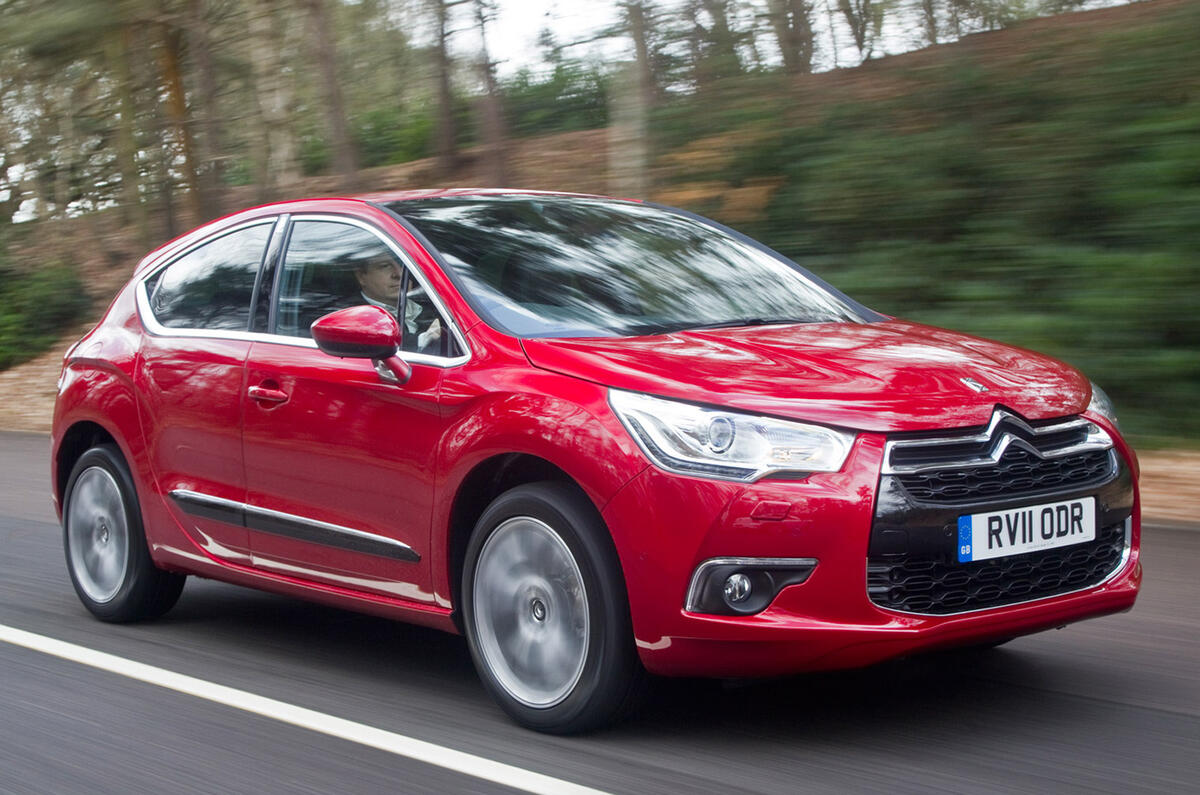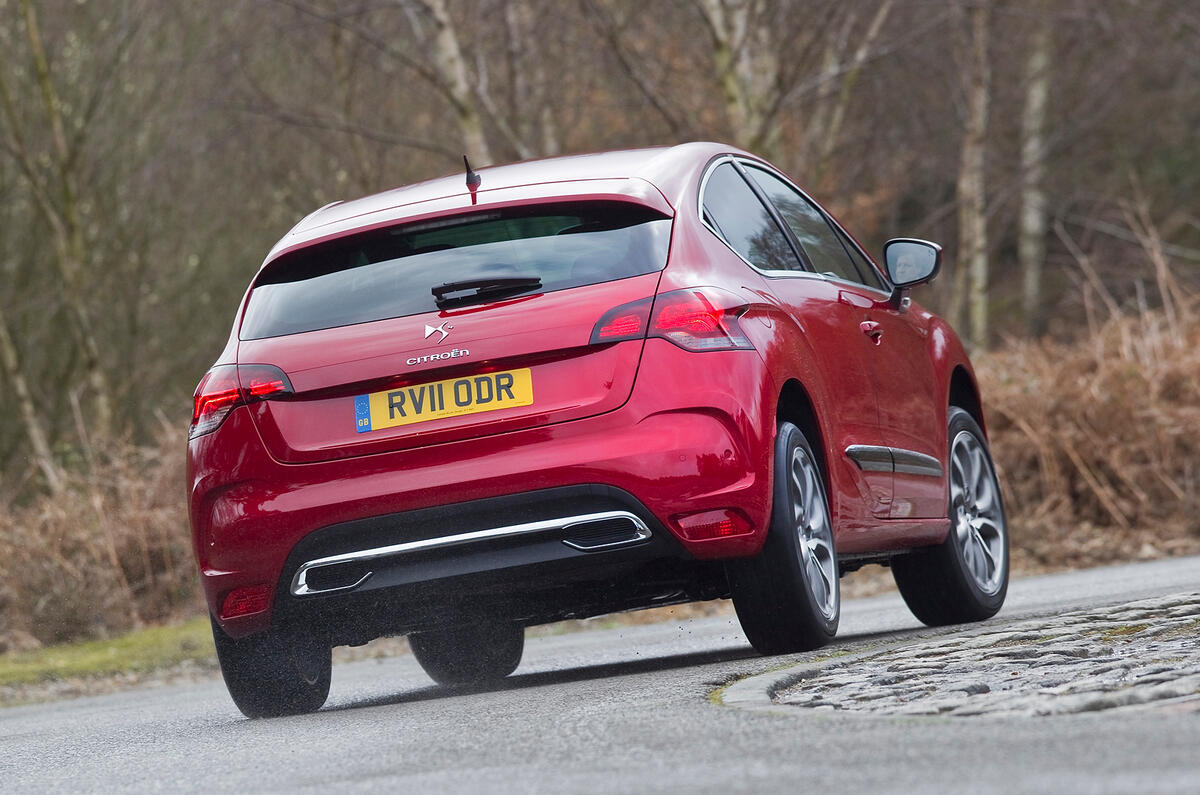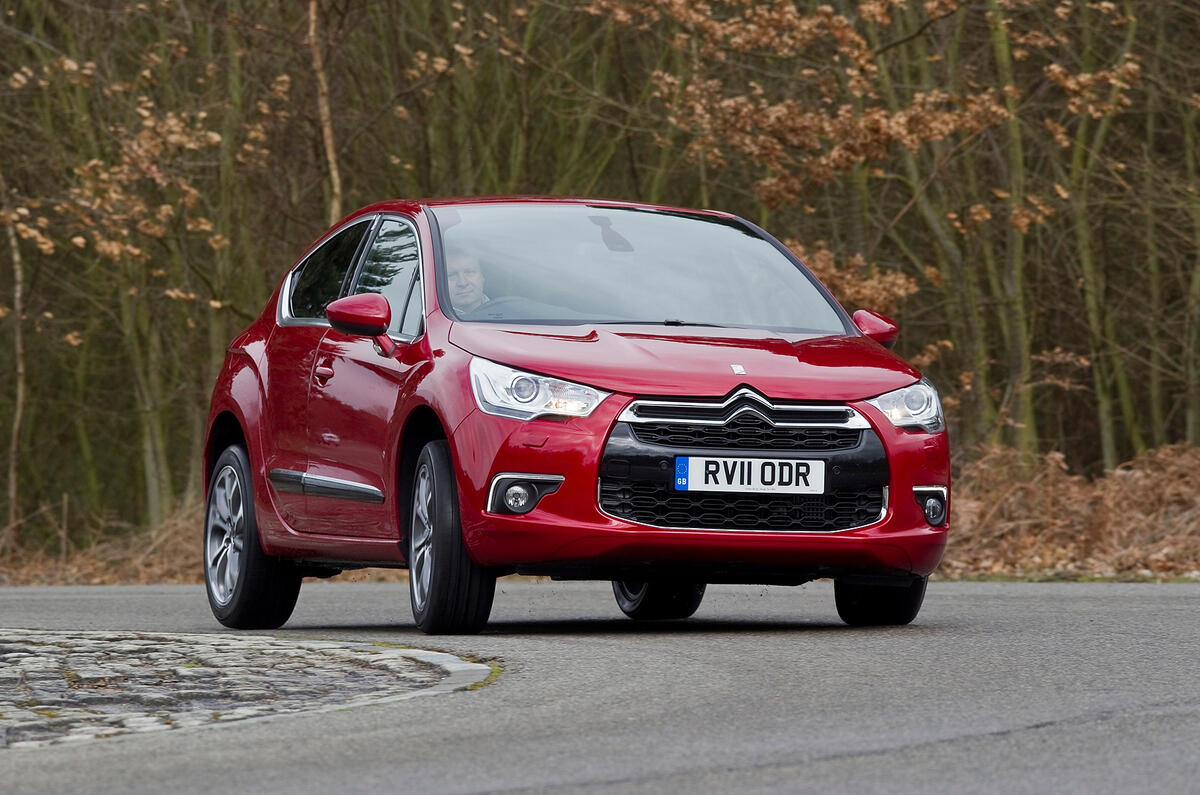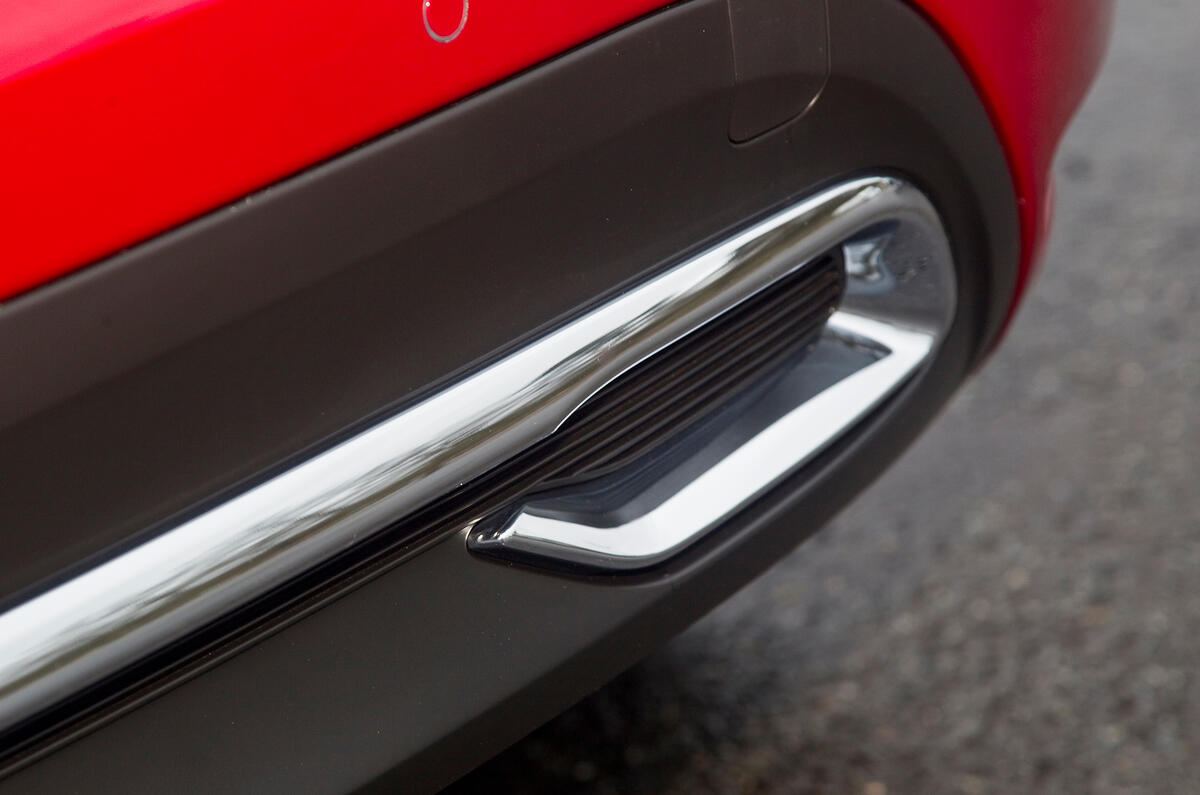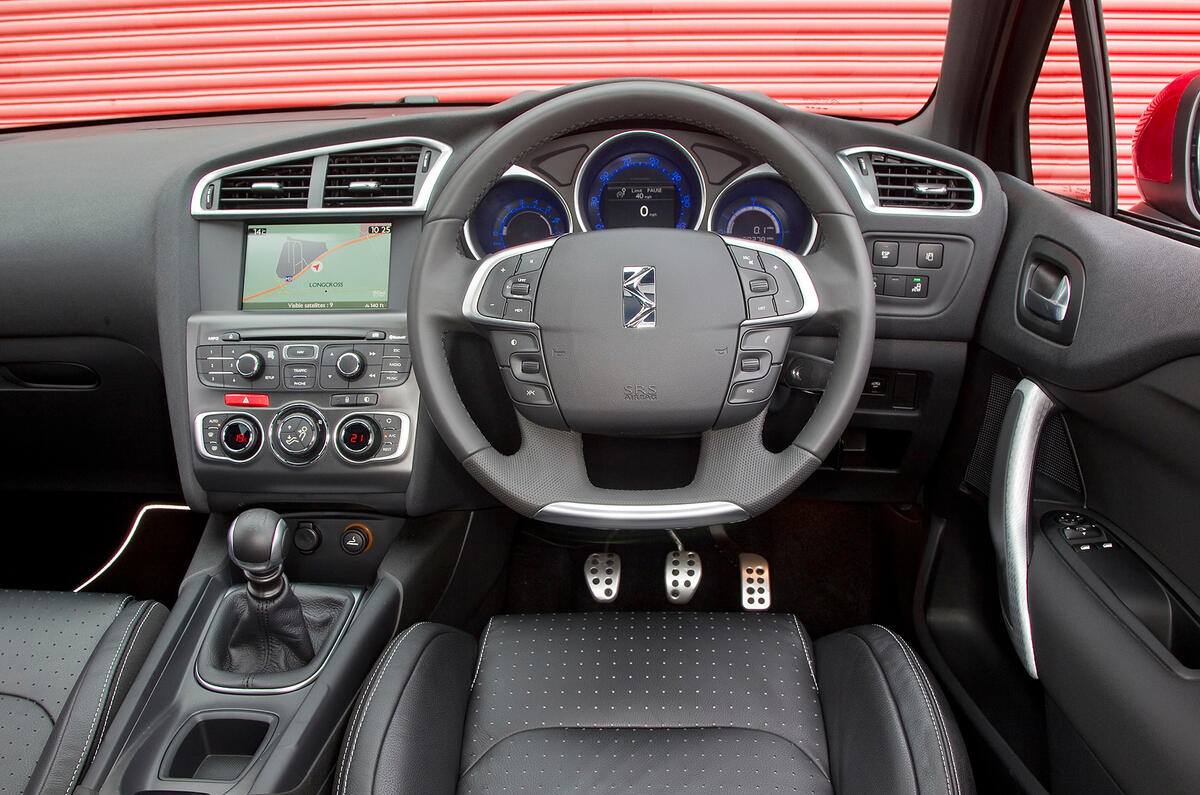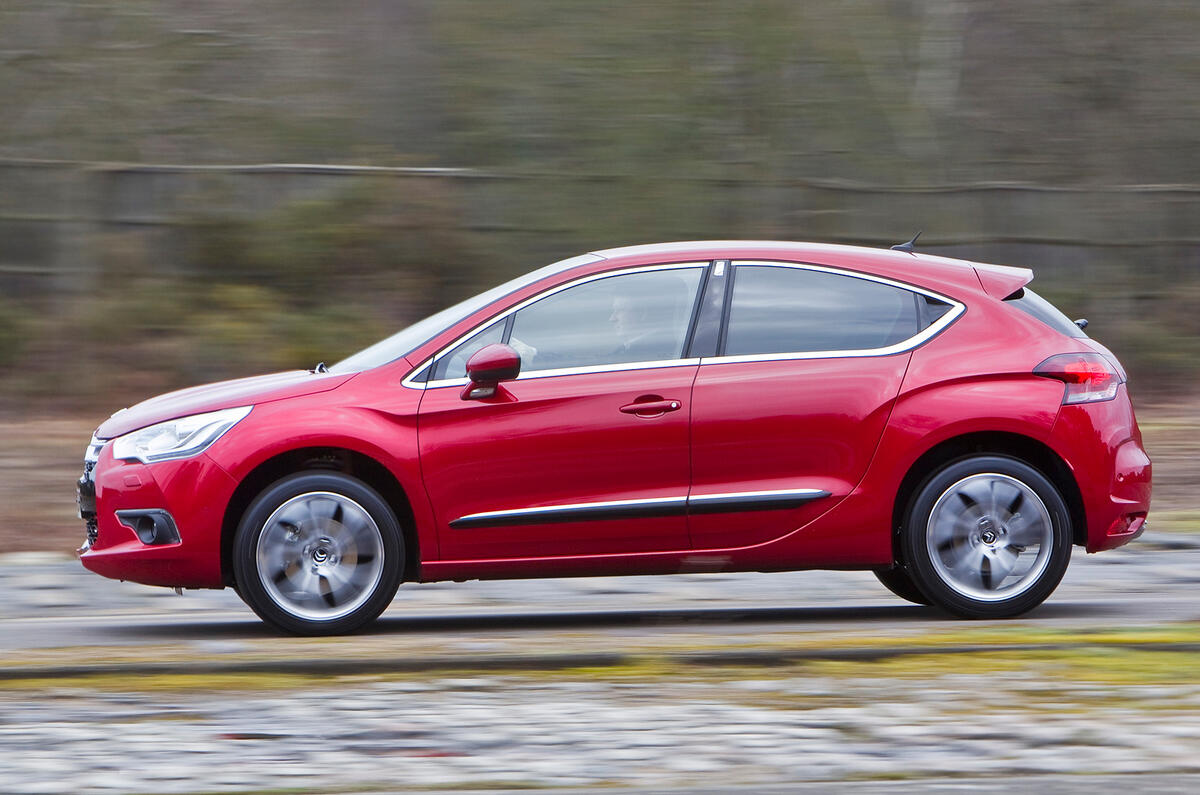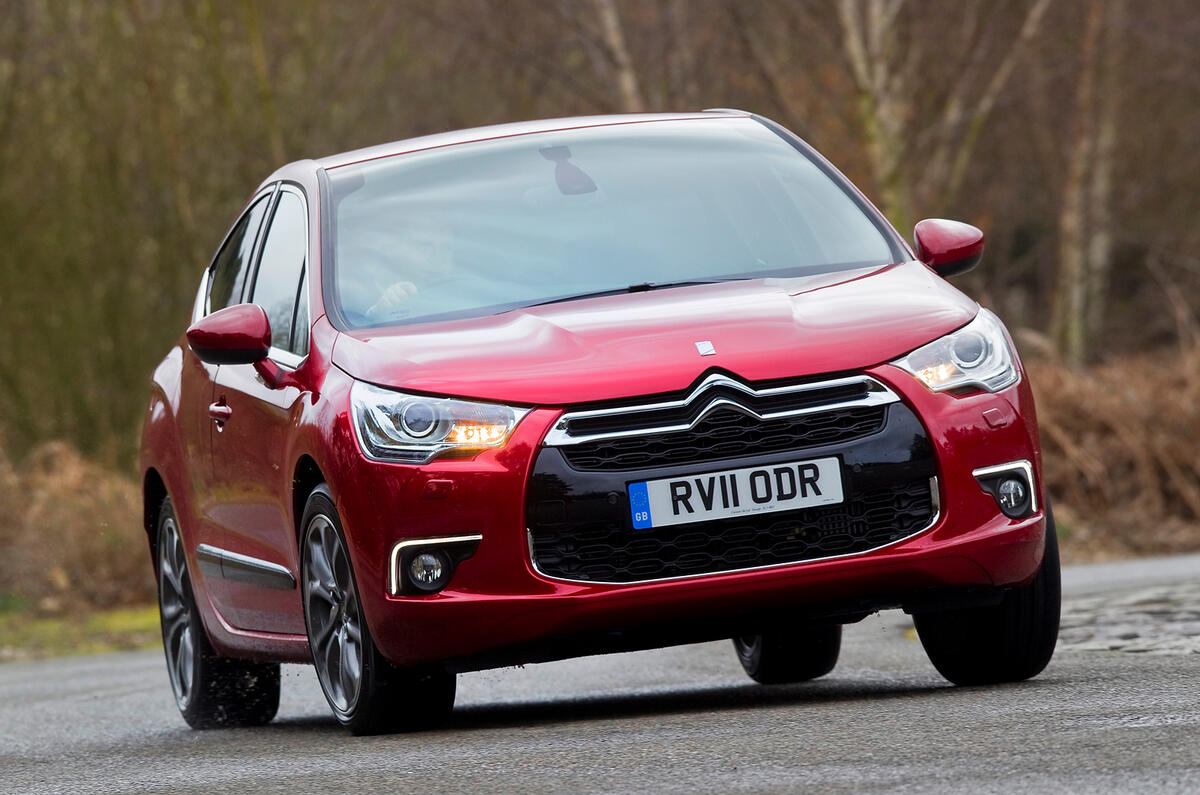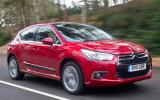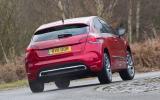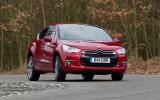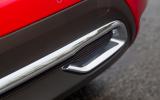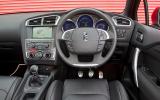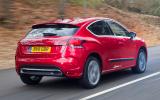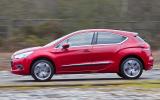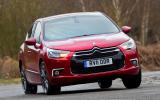The DS 4 was the second model in Citroën’s DS premium brand. Following the popular and highly rated DS 3 supermini, the DS 4 is the upmarket cousin of the Citroen C4 five-door hatchback.
There’s also the larger and handsome DS 5 crossover hatchback, which mixes dramatic styling with a premium interior.
Despite sharing most of its engines and underbody mechanicals with the ordinary C4, the DS 4 isn’t exactly a conventional family hatch. It is described by Citroën as a hybrid of saloon, coupé and compact 4x4; effectively then, it’s a high-riding five-door hatch with the kind of profile silhouette you’d expect from a two-door 2+2. To exacerbate that further there is a more rugged Crossback.
The entry-level DS 4 gets a 1.2-litre PureTech petrol with 128bhp and 169lb ft of torque. There’s also a 1.6 HDi 120 petrol with 118bhp and 221lb ft starting off the diesel contingent. Further up, there’s a 2.0-litre HDi producing 148bhp and 178bhp respectively, while topping the range is a 1.6-litre turbocharged THP petrol producing 160bhp and 205bhp.
Despite Citroën’s claims, the DS 4’s resemblance to a standard C4 is too close for comfort from some angles. Particularly from the front, where headlights and a bonnet borrowed wholesale from the lesser car do nothing to distinguish its heritage.
Moving around the car you begin to see points of difference, but you’re left wondering if the cumulative aesthetic effect is quite special enough. Bespoke design points are present, especially around the rear flanks, but they’re difficult to spot.


